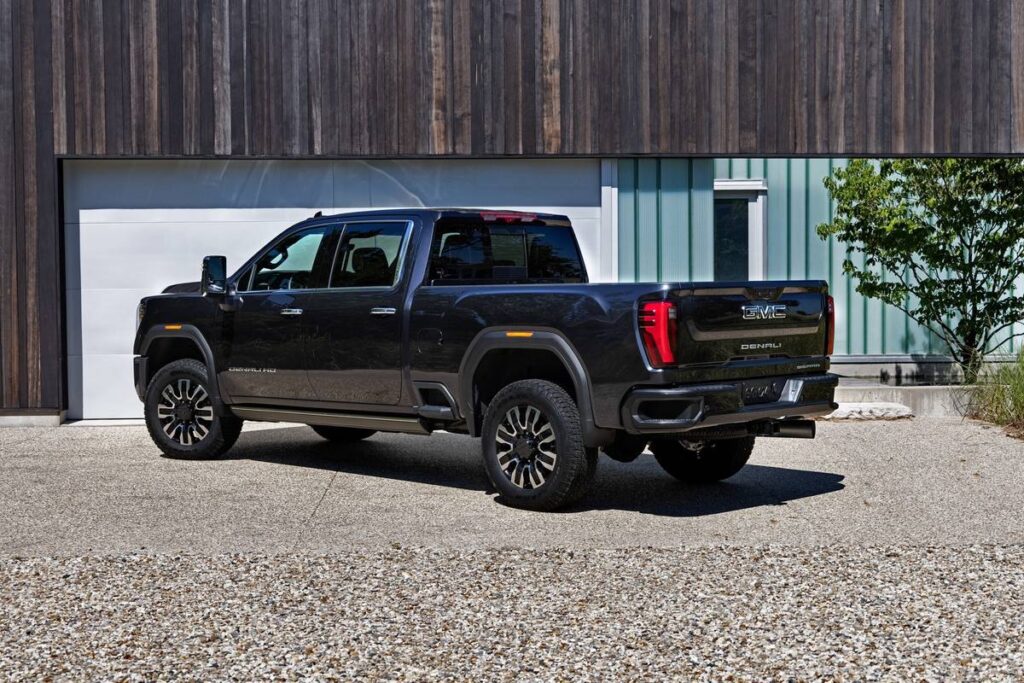Navigating the world of vehicles, especially trucks, can feel like trying to understand a foreign language. Terms like “half-ton” or “1-ton” when describing trucks, or model numbers like “1500” in the Dodge Ram 1500, might sound cryptic. If you’ve ever felt left in the dark about these terms, perhaps because you never had someone to guide you through them, you’re not alone. Let’s delve deep into the weighty world of cars and trucks to make sense of it all.

Average Weights of Cars and Trucks
To start with the basics:
- Cars: The average weight of a car can vary significantly based on its type. A small compact car might weigh around 2,500 pounds, while a larger sedan can weigh in at 3,500 pounds or more. SUVs, given their larger size and build, typically weigh between 4,000 and 5,000 pounds.
- Trucks: Trucks are a different breed. They are designed to haul, tow, and endure tough conditions, so they naturally weigh more. A light-duty truck might weigh around 5,000 pounds, while a full-sized or heavy-duty truck can weigh 7,000 pounds or more.
What’s with the “Half-Ton” and “1-Ton” Descriptions?
The terms “half-ton,” “three-quarter-ton,” and “1-ton” are legacy terms from decades ago that refer to the payload capacity of trucks. Here’s a breakdown:
- Half-Ton (like the Ford F-150 or Dodge Ram 1500): Historically, this meant the truck could carry up to 1,000 pounds (or half a ton) in its bed and cabin. Nowadays, most “half-ton” trucks can carry much more than that, but the term persists.
- Three-Quarter Ton (like the Ford F-250): This term originally indicated a payload capacity of 1,500 pounds (or three-quarters of a ton). Like the half-ton, modern trucks with this designation can typically haul much more.
- 1-Ton (like the Ford F-350): As you might guess, these trucks were once rated to carry a full ton, or 2,000 pounds. Again, contemporary “1-ton” trucks exceed this number.
Deciphering Truck Model Numbers
Now, about those model numbers. Take the “Dodge Ram 1500” as an example. The “1500” doesn’t indicate weight directly but is more of a classification. In general:
- 1500 (or its equivalent in other brands): Typically denotes a half-ton truck.
- 2500: Generally signifies a three-quarter-ton truck.
- 3500: Usually represents a 1-ton truck.
This numbering system isn’t about the truck’s weight but its payload and towing capacity.
Why All the Confusion?
Truck lingo has its roots in history. As trucks have evolved to become more robust and efficient, these terms, although outdated in their original meaning, remain in our vernacular. They’ve become more symbolic, representing the truck’s purpose, strength, and capability rather than exact specifications.
Navigating the World of Vehicles with MotorFixIt.com
If you’re feeling overwhelmed by this jargon, remember that the automotive world is vast. Many folks didn’t have a mentor to teach them the ropes. It’s okay to ask questions, seek advice, or turn to resources like this to clarify things. Every car or truck enthusiast had to start somewhere, and with a bit of curiosity and perseverance, you’ll find your way through the automotive maze.
As an Amazon Associate we earn from qualifying purchases through some links in our articles.




